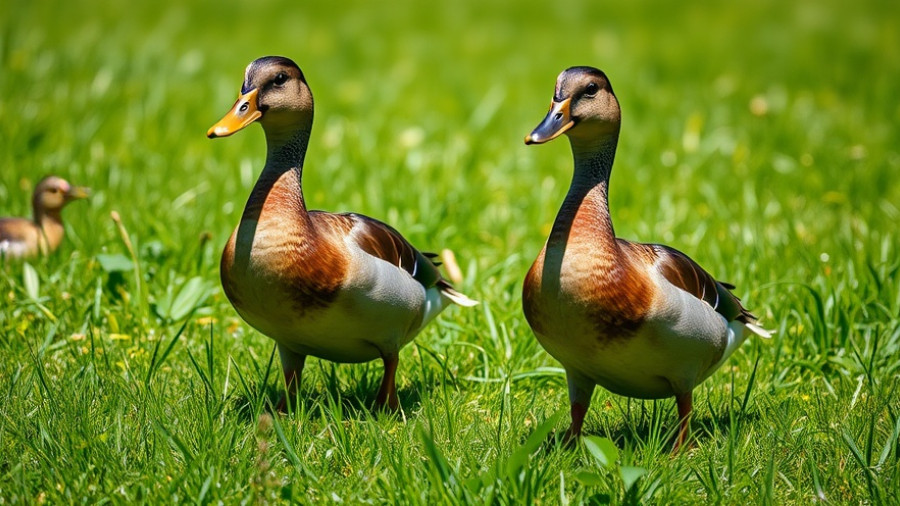
Bird Flu in the U.S.: A Temporary Conundrum
In a surprising turn of events, the U.S. has not reported a human case of bird flu in the last three months. Experts in public health are wondering what has caused this sudden drop, especially as concerns over avian influenza have been steadily rising in recent years. This pause leads us to reassess what we know about the virus, its transmission, and the effectiveness of current health measures in place to control its spread.
The Evolution of Bird Flu and Human Risk
Historically, avian influenza, specifically H5N1 and H7N9 strains, has demonstrated the ability to infect humans, leading to severe health complications. However, the transition from bird to human is not only rare but requires specific conditions, such as close contact with infected poultry. Vaccination programs for domesticated birds and stringent monitoring have likely played a significant role in limiting the spread during this period.
Current Health Measures and Their Impact
The sudden halt in human cases reflects the ongoing efforts of public health organizations that prioritize surveillance and rapid response to outbreaks. Continuous education about safe poultry handling and awareness campaigns have helped mitigate the risk factors. Experts suggest that such actions might be crucial in staving off an epidemic.
Future Outlook: What Lies Ahead?
While there is currently a lull in human infections, this does not mean that the threat of bird flu has abated. Scientists caution that viruses can rapidly mutate and adapt. Hence, it's imperative to maintain vigilance. Understanding this virus’s potential for mutation will be crucial for preventing future outbreaks. As we continue to monitor avian influenza, we must remain prepared for unforeseen changes within its behavior.
 Add Row
Add Row  Add
Add 




Write A Comment